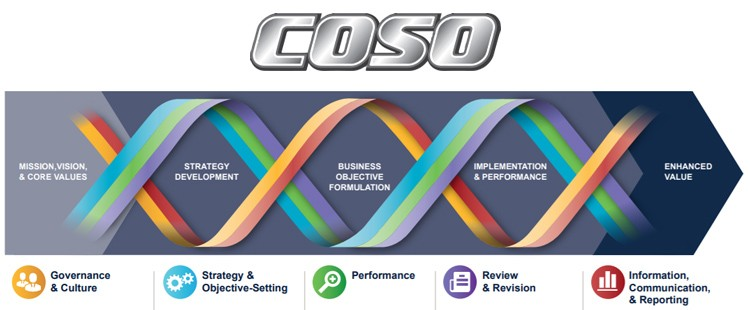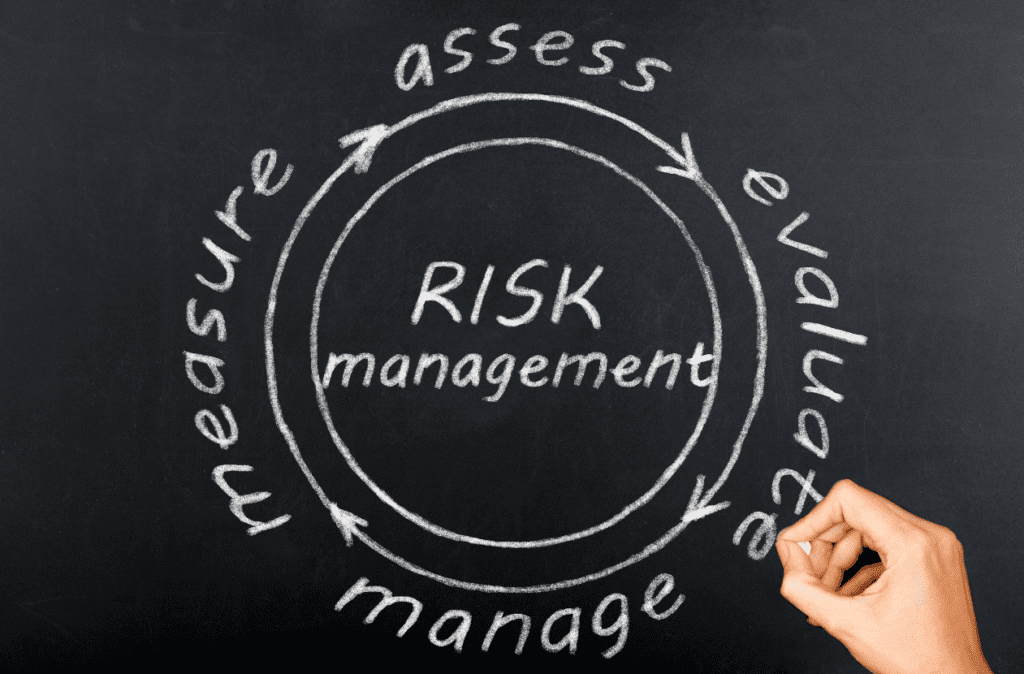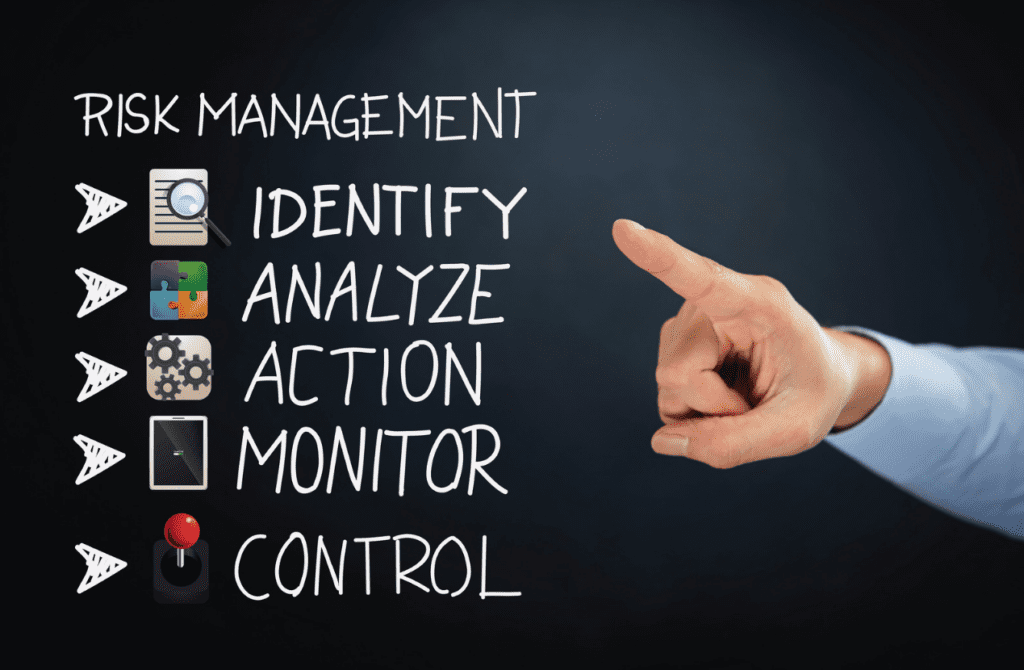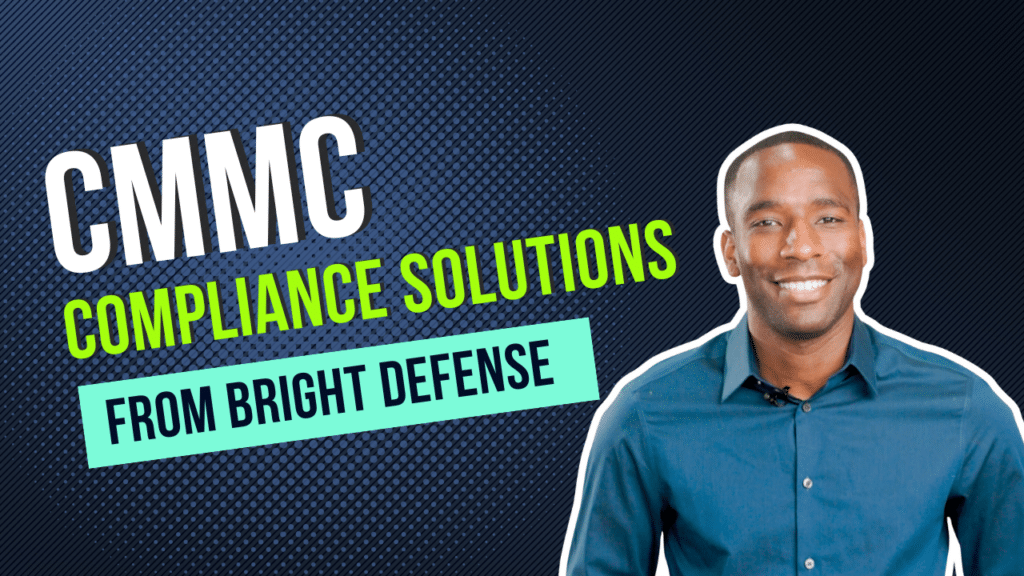
Tim Mektrakarn
April 11, 2025
The Risk-Based Mindset: A Modern Approach to Risk Management
In today’s rapidly evolving business landscape, traditional compliance methods are no longer sufficient. Organizations are recognizing the need for a more dynamic approach to managing risks—one that prioritizes critical threats and aligns with their strategic objectives. Enter the risk-based mindset towards compliance and risk assessments.
What is a Risk-Based Mindset?
A risk-based mindset shifts the focus from a one-size-fits-all compliance checklist to a strategy that prioritizes risks based on their potential impact on the organization. It’s about understanding which risks are most critical and addressing them proactively, rather than spreading resources thinly across all potential threats.
The current compliance first approach of just checking the box views compliance as a mere formality where the primary goal is to meet the minimum requirement in order to “pass” an audit.
Characteristics:
- Reactive Approach: Compliance measures are often implemented in response to external pressures, such as an upcoming audit or a recent regulation.
- Minimal Effort: Only the bare minimum is done to meet compliance standards, often without a deeper understanding of the requirements.
- Short-Term Focus: The emphasis is on immediate compliance without considering long-term implications or benefits.
- Isolated Efforts: Compliance is often siloed, with limited cross-departmental collaboration or communication.
Why Risk Management Is Important
An organization’s strategy and business objectives can greatly be enhanced when risk is taken into consideration so that outcomes are optimized. Understanding and practicing enterprise risk management increases transparency and accountability for managing the impact of a risk which makes the organization more adaptive to change. When the company’s strategic vision is aligned with the IT strategy, greater value is realized from the investments made in technology and its easier to quantify the return on investment.
Advantages of Strong Enterprise Risk Management
All organizations need a plan, and they need to regularly update this plan. They should always be on the lookout for new opportunities and challenges. This is where enterprise risk management (ERM) helps. When organizations use ERM throughout their operations, they can enjoy several benefits:
- Discovering More Opportunities: ERM helps organizations see all potential outcomes, both good and bad. This means they can find new chances for growth and understand the challenges of current opportunities.
- Handling Risks Across the Organization: Risks can pop up anywhere in an organization and might affect different parts. ERM helps identify and manage these risks, ensuring the organization continues to perform well.
- Boosting Positive Results and Minimizing Surprises: With ERM, organizations can better spot risks and decide how to handle them. This means fewer unexpected problems and costs, and more chances to benefit from good opportunities.
- Stabilizing Performance: Some organizations find it hard when their performance is unpredictable. ERM helps them foresee risks that might affect their results, allowing them to plan better and make the most of opportunities.
- Using Resources Wisely: Every risk might need resources to handle it. With clear information about these risks, organizations can decide where to use their limited resources most effectively.
- Building a Resilient Organization: For long-term success, organizations need to adapt to changes. ERM helps them do this, which is especially important as the business world becomes more complex and fast-paced.
Risks aren’t just challenges to overcome. They can also lead to new opportunities and strengths for the organization.
Why Adopt a Risk-Based Approach?
- Efficient Resource Allocation: By focusing on the most significant risks, organizations can allocate their resources more efficiently, ensuring that critical areas receive the attention they deserve.
- Enhanced Decision Making: A risk-based approach provides a clearer picture of potential threats, allowing organizations to make informed decisions and prioritize actions based on potential impact.
- Flexibility and Adaptability: As the business environment changes, so do the risks. A risk-based mindset allows organizations to adapt quickly to new threats, ensuring that they remain compliant and protected.
Characteristics:
- Proactive Approach: Organizations with this mindset actively seek to understand and implement compliance requirements even before they become mandatory.
- Continuous Improvement: Compliance is seen as an ongoing journey. Regular audits, reviews, and updates are part of the process.
- Stakeholder Engagement: There’s a strong emphasis on training and engaging all stakeholders, ensuring everyone understands the importance of compliance.
- Risk Management: Compliance is closely tied to risk management, with efforts focused on mitigating potential risks associated with non-compliance.
Changing the Attitude Towards Risk-First
Adopting a Risk-First Attitude is becoming increasingly essential. This approach prioritizes understanding and managing risks before they escalate into significant threats, ensuring that organizations are better prepared and more resilient against cyber-attacks.
- The Significance of Management Buy-In: For any risk-first strategy to be successful, it is imperative to have the full support and commitment of the management. Management buy-in is not just about allocating resources or approving budgets; it’s about understanding the value of a proactive approach to risk and championing it throughout the organization. When senior leadership understands and supports the importance of risk management, it sets the tone for the entire organization, fostering a culture that values security, preparedness, and proactive measures.
- The Definition of Risk by the National Institute of Standards and Technology (NIST): NIST, a globally recognized institution, defines risk as “a measure of the extent to which a potential circumstance or event threatens an entity.” This definition emphasizes the potential impact and likelihood of adverse events on an organization’s operations. By understanding risk in these terms, organizations can prioritize their efforts, focusing on threats that could have the most significant impact on their operations and reputation.
- The Role of Risk Assessment in a Risk-Aware Cybersecurity Program: Risk assessment is the foundation of a risk-aware cybersecurity program. It involves identifying potential threats, evaluating their likelihood and impact, and determining the best strategies to mitigate or manage those risks. A comprehensive risk assessment provides a clear picture of the organization’s threat landscape, allowing for informed decision-making and resource allocation. In a risk-aware program, regular risk assessments ensure that the organization stays updated on emerging threats and can adapt its strategies accordingly, ensuring continued resilience and security.
Moving toward a Risk-First Attitude is not just about identifying and managing threats; it’s about creating an organizational culture that values proactive measures, continuous assessment, and informed decision-making. With the right support from management and a clear understanding of risks defined by institutions like NIST, organizations can build robust, resilient cybersecurity programs that stand the test of time.
Implementing a Risk-Based Approach to Compliance
- Risk Identification: Begin by identifying potential risks. This could be anything from data breaches to regulatory changes or reputational risks.
- Risk Assessment: Once identified, assess each risk based on its potential impact and likelihood of occurrence. This will help in prioritizing them.
- Risk Mitigation: Develop strategies to mitigate the most significant risks. This could involve implementing new technologies, revising policies, or restructuring certain business processes.
- Continuous Monitoring: The risk landscape is constantly evolving. Regularly monitor and reassess risks to ensure that the organization remains protected.
- Stakeholder Engagement: Engage with stakeholders, including employees, customers, and regulators, to gain insights into potential risks and ensure that all perspectives are considered.
Understanding the Costs of an Audit
In our latest article, “How Much Does a SOC 2 Audit Cost in 2023”, we delve into the advantages of a SOC 2 audit, offer insights into the SOC 2 Trust Service Criteria, and provide guidance on preparing for the audit, along with other valuable tips. Organizations that commit resources to compliance can expect a greater return on investment by adopting a risk-based approach. Furthermore, achieving the certification report reflects compliance and an organization’s dedication to security, service excellence, and efficiency.
Challenges and Considerations
While the risk-based approach offers numerous benefits, it’s challenging. Organizations must ensure they have the right tools and expertise to identify and assess risks accurately. Additionally, a risk-based mindset requires a cultural shift, with all stakeholders understanding and buying into the approach. As mentioned previously, these are items are critical to the success of the entire Information Security Program:
- Owner, Board of Directors, and Senior Management buy-in
- Selection of a framework to guide the compliance journey
- Understanding the COSO ERM Framework
The COSO ERM (Committee of Sponsoring Organizations of the Treadway Commission Enterprise Risk Management) framework is a widely recognized and applied approach to enterprise risk management. Here’s a summarized overview:
- Objective Setting: An organization must have clear objectives aligned with its mission and vision before assessing risks.
- Event Identification: Identify internal and external events that could affect the achievement of the organization’s objectives.
- Risk Assessment: Evaluate risks based on their likelihood and impact, allowing for prioritization.
- Risk Response: Decide how to address each risk, whether by accepting, avoiding, reducing, or sharing it.
- Control Activities: Implement policies and procedures to ensure risk responses are effectively carried out.
- Information and Communication: Ensure relevant information is identified, captured, and communicated promptly, enabling employees to fulfill their responsibilities.
- Monitoring: Continuously review the ERM process to ensure its effectiveness, making adjustments as necessary.
The COSO ERM framework emphasizes a holistic approach to risk management, integrating it with organizational strategy and performance. It’s designed to help organizations create value, address uncertainty, and improve their decision-making processes.
Example: COSO ERM Framework for Cloud Computing
Conclusion
The risk-based mindset towards compliance and risk assessments offers a proactive approach to managing threats in today’s dynamic business environment. By focusing on the most significant risks and continuously monitoring the landscape, organizations can remain compliant, protected, and poised for success.
Remember, in the world of compliance and risk management, it’s not about eliminating all risks—but managing them in a way that aligns with the organization’s objectives and risk appetite.
Get In Touch







